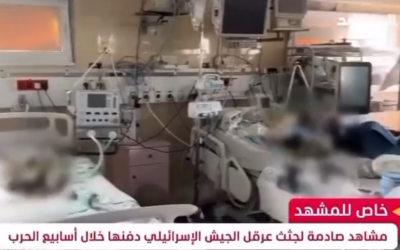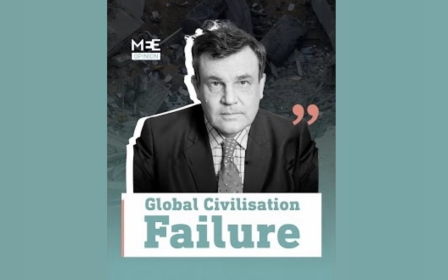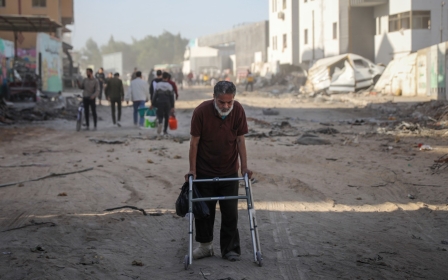Israel-Palestine war: Israeli army relaxed rules for bombing 'non-military targets' in Gaza

The loosening of rules within the Israeli army on attacking "non-military" targets may have contributed to the massive death toll in the Gaza Strip since 7 October, a new report has suggested.
A joint investigation by Israeli outlets 972+ Mag and Local Call, including interviews with multiple current and former intelligence officials, indicates that lower expectations on limiting civilian targets were combined with the use of AI to generate a wider range of targets, which one person branded a "mass assassination factory".
In at least one case, sources said Israeli army intelligence approved the death of hundreds of Palestinians as part of an attempt to assassinate one Hamas military commander.
When compared with previous Gaza assaults, there has been a major expansion of "non-military targets", with private residences, infrastructure and high-rise blocks - all defined as "power targets" - now fair game for attacks.
“The numbers increased from dozens of civilian deaths [permitted] as collateral damage as part of an attack on a senior official in previous operations, to hundreds of civilian deaths as collateral damage,” one source told the outlets.
New MEE newsletter: Jerusalem Dispatch
Sign up to get the latest insights and analysis on Israel-Palestine, alongside Turkey Unpacked and other MEE newsletters
The number of likely civilian targets in a given attack is known to Israeli military intelligence prior to each bombing.
The use of Hasbora, an AI system that can generate targets at a far faster rate than before, has also contributed significantly to a very high civilian death toll.
The sources said AI allowed the army to carry out strikes on residential homes on a massive scale, even merely to target a junior Hamas operative.
“Nothing happens by accident,” another source told 972+ Mag and Local Call.
“When a three-year-old girl is killed in a home in Gaza, it’s because someone in the army decided it wasn’t a big deal for her to be killed - that it was a price worth paying in order to hit [another] target."
Fragile truce holds
The current war in Gaza started when a Hamas-led assault on Israel killed around 1,200 Israelis on 7 October. In response, Israel has relentlessly bombed and invaded the Palestinian enclave, killing at least 15,000 Palestinians, including 6,150 children.
A fragile truce was extended for at least another day on Thursday, as work continued to free captives in both Israel and Gaza.
About 100 people have been freed by Hamas and more than 200 Palestinian prisoners by Israel over the past week, including 16 captives who were exchanged for 30 Palestinian prisoners on Wednesday night.
Hamas freed 10 Israelis, two Israeli-Russian dual-nationals and four Thai citizens, according to Qatar's foreign ministry on Wednesday.
Among the 30 released from Israeli jails on Wednesday was Ahed Tamimi, a prominent 22-year-old Palestinian activist and writer who was sentenced to eight months in prison for slapping and kicking an Israeli soldier in 2017.
The 972+ Mag investigation has suggested that the army's failure to prevent the 7 October killings has led to a major over-compensation since, and a willingness to inflict massive collateral damage.
“We are asked to look for high-rise buildings with half a floor that can be attributed to Hamas,” one source who took part in previous Israeli offensives in Gaza told the outlet.
“Sometimes it is a militant group’s spokesperson’s office, or a point where operatives meet. I understood that the floor is an excuse that allows the army to cause a lot of destruction in Gaza. That is what they told us.
“If they would tell the whole world that the [Islamic Jihad] offices on the 10th floor are not important as a target, but that its existence is a justification to bring down the entire high-rise with the aim of pressuring civilian families who live in it in order to put pressure on terrorist organisations, this would itself be seen as terrorism. So they do not say it."
Middle East Eye delivers independent and unrivalled coverage and analysis of the Middle East, North Africa and beyond. To learn more about republishing this content and the associated fees, please fill out this form. More about MEE can be found here.





